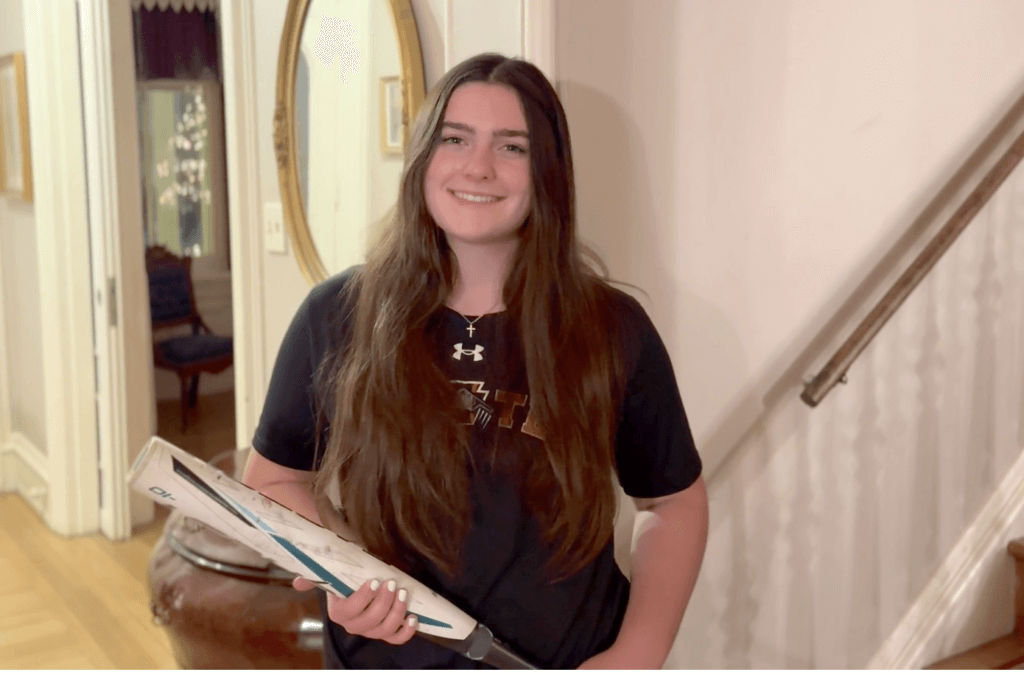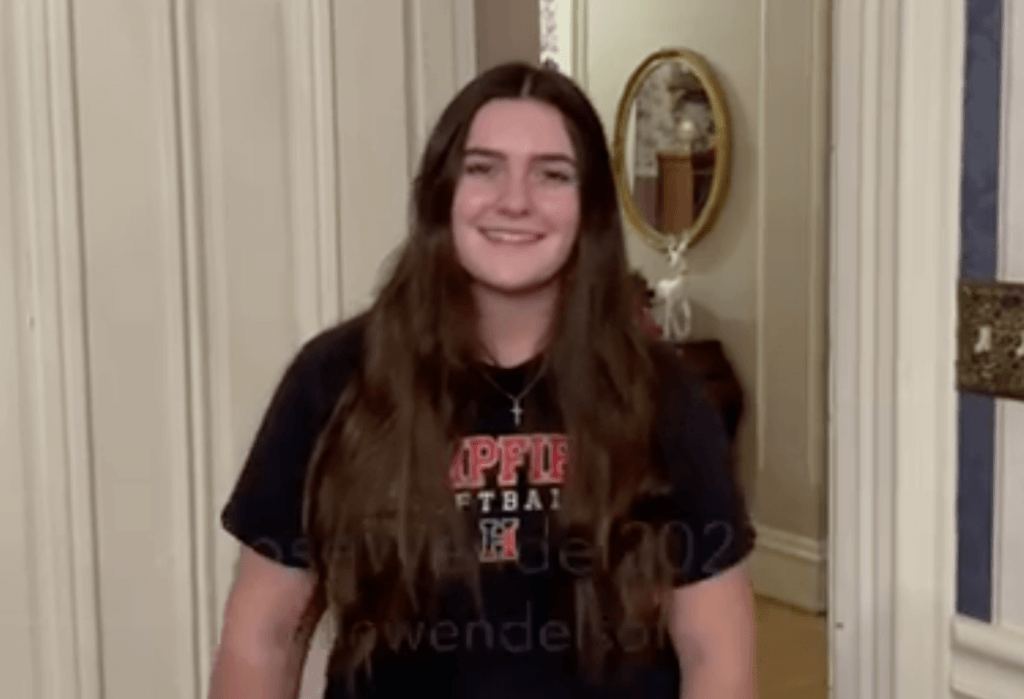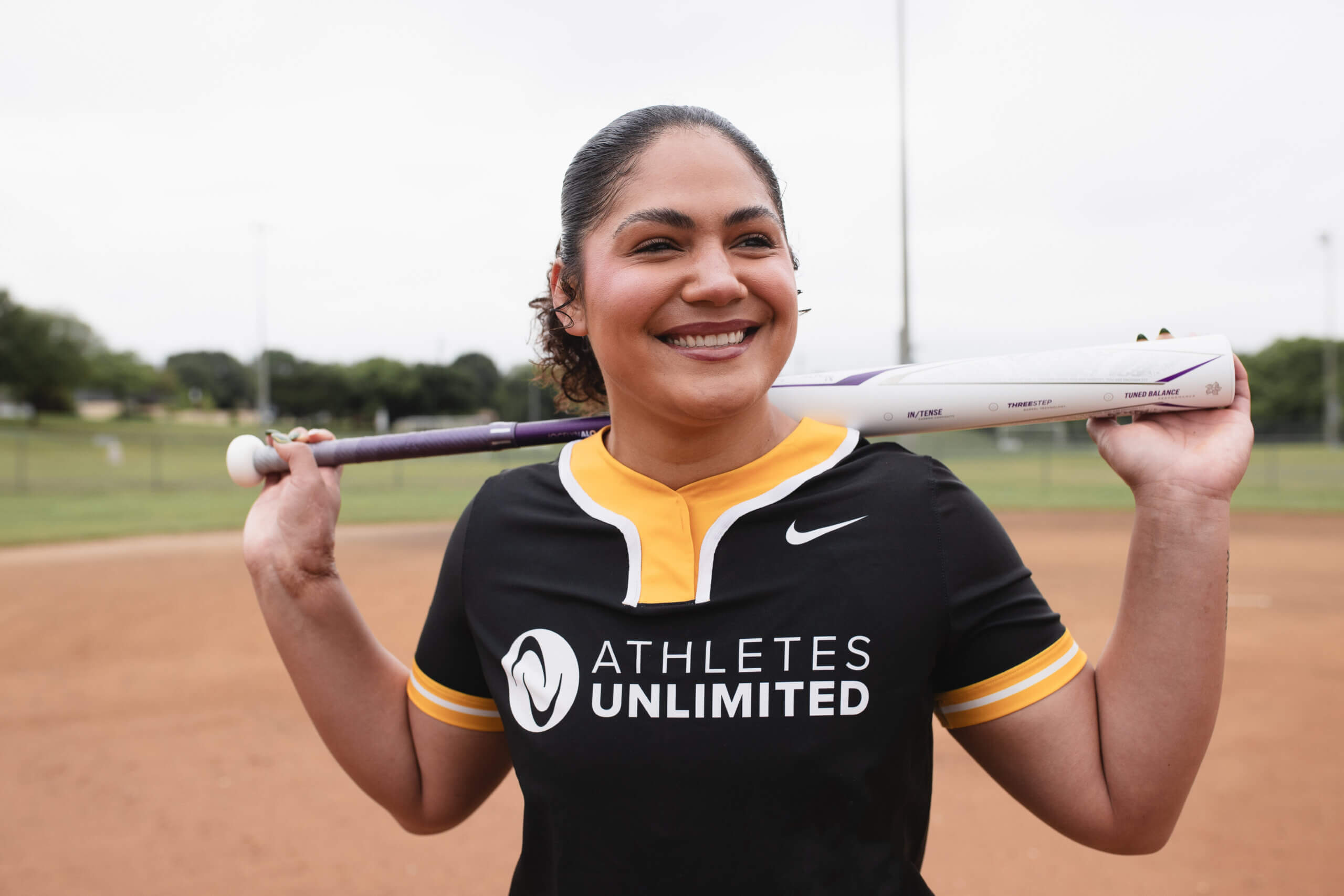
Inside Pitch: Early Recruiting… from a Recruiting Service Perspective
The Inside Pitch column covers daily news, topical issues or presents the opinions of those in the fastpitch softball community. The viewpoints don’t necessarily reflect the perspective of those at Extra Inning Softball, but are presented to provide a platform for discussion on subjects of note in the sport today…
***
It was almost exactly a week ago today that the news started spreading like wildfire throughout the softball community that an 11-year-old 6th grader, Alexia Carrasquillo from Windermere, Florida, had committed to the Univ. of Florida.
Since then, the debate around Early Recruiting in softball has intensified and we at Extra Inning Softball have given you, the fastpitch community, a chance to give your perspective. As part of that we heard from the first 7th grader to commit, Mia Williams and her mother Denika, as well as a former club and high school coach, Jan Greenhawk, who says of the process: “This is Ridiculous!”

Today, we present the viewpoint of Cheri Naudin, who is the President & CEO of Collegiate Sports Advocate, Inc., a recruiting service begun in July 2015 which will be directly impacted by the pending NCAA legislation to curb Early Recruiting.
Cheri, a long-time face and name in Southern California and wife of Ed Naudin, who’s had great success coaching Texas Glory teams to top finishes in major events such as PGF Nationals, D9 tourneys and Boulder IDT, wrote to Early Inning Softball to share her thoughts on the direction this hot topic is headed.
Not only does Cheri work directly with softball and other sport recruits, she is part of a family that is, and for a long time has been, totally immersed in fastpitch for fun and as a business:
* Ed has coached over 200 players who have played, are playing or will play at the collegiate level and professionally has a 30-year career managing some of Coca Cola’s largest accounts.
* Their son Nick played travel baseball with the likes of Nolan Arenado—third baseman for the Colorado Rockies— and is a partner in Collegiate Sports Advocate managing video production and editing, IT and Technology, Accounting and Finance;
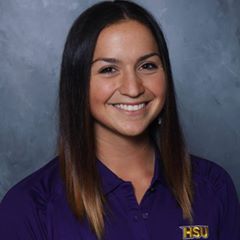
* Their oldest daughter Chanin had a successful softball career at Kansas with two Regional appearances and played two years for Team Mexico before moving to her current role as Head Coach at Hardin Simmons University in Abilene, Texas
* And youngest daughter Chele grew up playing softball with the Romero and Knighten sisters in Southern California before she embarked on a strong collegiate soccer career at Central Arkansas prior to her entering the Baylor Law School where she is currently a student.
RECRUITING MISCONCEPTIONS
Thank you, Extra Inning Softball, for the opportunity to share thoughts on Early Recruiting from a Recruiting Service perspective.
Let’s start with some misconceptions that parent, players and even coaches sometimes have about the recruiting process, especially for those being courted by colleges at a very young age:
- It really only happens to the very few, but it fires up the masses. It’s emotional and here’s the effects of it (or as I call the excuses): the ones I hear quite often are that their athlete is a late developer, their athlete likes to play multiple sports and also likes to have a balanced life. Well, being an elite athlete is NOT a balanced life and only a life for a few!
- Parents NEVER understand where their athlete “can” play… it’s God’s way of keeping the parents “hopeful!”
- Parents feel that their athletes didn’t get a chance to be seen, but in all reality the “elite of the elite” that can be identified this early have the factors of God-given raw athleticism, coupled with parents that make the right decision at the right time and playing for a club team that has been there and understands the path. We have seen talented athletes NOT make it because the parents make mistakes with travel teams and not training and being challenged to stay with that elite level.
- There is a “real” vetting process—or as I refer to it, an “organic” process—to promote these elite talented players up as soon as they can be identified. For example, we knew Jayda Coleman, the top-ranked player in her class and an Oklahoma commit, was special at age nine when we first played against her.
- Parents don’t understand that the top-level travel clubs do their best to vet and coach up those elite players as that is how they are able to gather the top talent in their area to compete. Ask Ed, my husband, who for 20 years has identified, coached and delivered top talent to the colleges: it starts in 10U.
- Most parents don’t see the national level of travel ball and those that compete at the highest level, so they don’t even understand that there are even these kids out there. I coached, among others mostly when I was in Southern California: Lauren Chamberlain, Sierra and Syd Romero, Halie Wilson, Emy Koerner, Kylie Lahners, my daughter Chanin, and these were all Power 5 players. I ended up coaching over 51 college-level kids from 10U. It was our jobs to put together these powerful teams and Bret Denio, now the head of the highly successful Explosion organization, was my co-coach.
- These “elite of the elite” love the sport to another level. It isn’t balanced, but it is their love. They can play other sports sometimes, and a few did dabble in sports like basketball, track and volleyball, because their athleticism was 1 percent top level in their class and they could make it happen.

PROBLEMS WITH THE PROPOSED LEGISLATION
Now, here’s the problem as I see it if the proposed solutions DO go into effect—there will be some ramifications that aren’t being discussed or considered at this point. Specifically, if the NCAA picks September of the athletes’ junior year as the first date that coaches can truly interact with their prospects, it will be the biggest hot mess and the fall out will significantly hurt the players and the majority of the programs.
Why? Here are several reasons:
- It will only leave 18 weeks of recruiting, a time for the coaches to actually see the prospects play. That will be six weeks in the Fall of the junior year, six weeks in the Spring/Summer of their junior year and the Fall of their senior year.
- It will be worse for the states that play high school in the Fall as they’ll only have the Summer of their junior year to be seen.
- This will leave every program except Power 5 ones to make quick and rash decisions off of a video or a recommendation. They will not have the time or the opportunity to get to know the players enough before choosing who to offer, which will cause MAJOR roster changes when they get to college.
- The parents will spend YEARS investing in the Power 5 camps that are outrageously priced not ever knowing that their daughters have a 99% chance of never being picked. No one ever tells them that they can’t play there, but they go on thinking—or hoping—that they can.
- It will look like football in the Spring/Summer of the senior year with athletes not committed and scrambling to just to pick a school instead of finding one that is the right fit. The lower the level of school, the worse the issue will be for them.
- The “wink-wink effect” will be in full force and it will create serious lying and cheating as the Power 5 programs will lock up their players with a “wink-wink,” causing travel ball and agencies to misrepresent to the student-athletes the interest level from the schools. It’s already difficult as they all want the camp money instead of doing what is right for the athletes.
- The high academic programs complain the most thinking that they don’t get a shot at these elite players, but in all reality their pool of talent and top level athletics is rare and those that have that academic ability know it earlier too. They take a PSAT and achieve way above their peers even in 7th and 8th grade. The downside of recruiting this early is colleges have to bet on the athletes’ ability to “get accepted” into their college. That happens at all levels as no one can wait till April of their senior year to see if they get in the school. The academic schools know this better than the rest. The reality is the “elite of the elite” aren’t really trying to go to school to be top academics. The few in my memory were Jessica Mendosa and Dot Richardson… the few and far between.
- The downside for travel teams is often players quit once they get committed and start playing locally thinking they “got this” already and don’t need to invest to play at the top level any more. We refer to this as “VERBAL and VANISH.” They don’t play when they get there or even decommit before signing as the college coaches see the decline. The top clubs know how to combat this and can overcome this mentality.
HOPES FOR THE FUTURE
In summary, the Power 5 and popular club programs will rake in the money and have all the control because the parents are “hopeful” whereas the lower D1’s will get devastated in the process as they did with the Fall recruiting rules that just went into effect.
The so-called “go-to camps” where players and parents think they need go to get recruited has gotten so out of control. The average parent cannot afford this method and the colleges lose out on actually seeing them play and develop on a team.
The colleges under these new rules will have to pay for visits in the junior and senior year, only the rich schools will win this one, once again the Power 5.
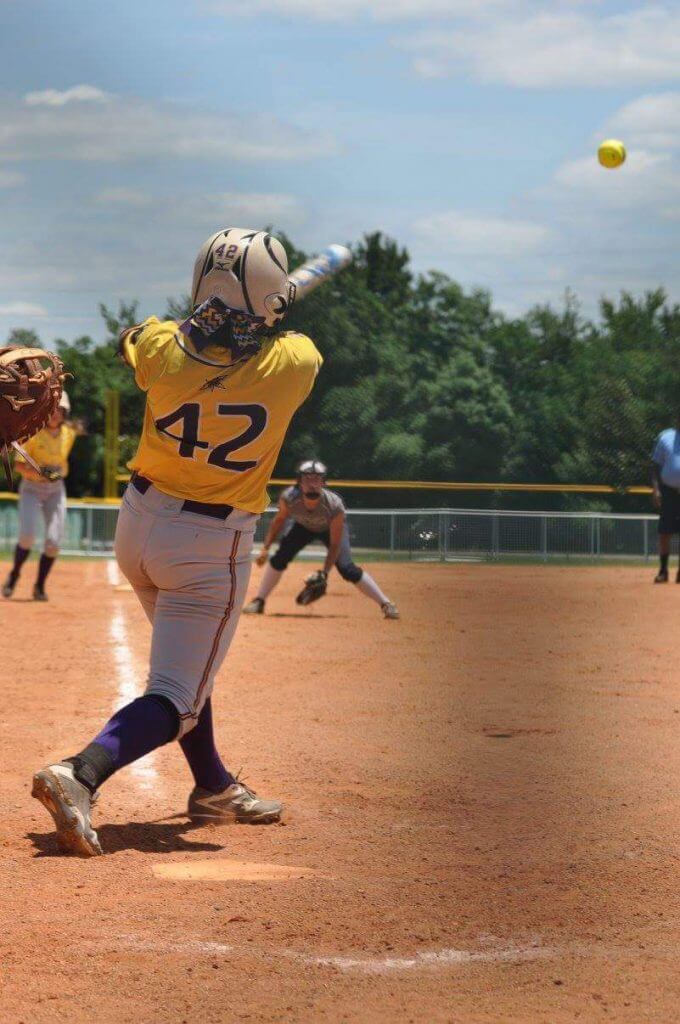
Travel ball teams lose out under these rules as the good players on teams like Texas Glory will all be on visits as they were during the six weeks this fall thus unable to be seen and unable to PLAY the game
I would hope that the NCAA puts a date on it as it is out of control. But September of the sophomore year would be more reasonable and a compromise.
In our portfolio of uncommitted players most are getting attention their sophomore year and committing end of the year and into their junior year. This is a comfortable time to get to know the programs and visit multiple campus to find the fit.
A consultative firm like mine will win no matter which way they spin it as there are TOO many athletes in the process believing they CAN play where ever they want to and not where they can, if at all.
The numbers indicate that not everyone who wants to will play at the next level.
Over 348,000 registered high school softball players—the ones that want to go to college—are playing travel ball. We have over 8,000 playing in each age group just in our Texas metro alone, not to mention SoCal or Houston or Florida and Georgia.
It’s a competitive market to get a scholarship and it will be interesting to see how the next year goes!
***
Agree or disagree? If you want to have YOUR voice heard, write to [email protected]. If you don’t want your information printed or if you want to remain anonymous, please state this. If you are open to being published, however, please include your name, city and state.



